In our last issue, we described the novel trackform that enables Coventry City Council to install a Very Light Rail (VLR) system at a cost of £10 million per kilometre, around a quarter of the cost of a conventional tram, largely because it can generally be installed without the need to divert utilities.
In this issue we consider the lightweight vehicle that makes this low-cost track possible and report on the recent VLR conference held in Dudley, West Midlands.
The event was organised by the Black Country Innovative Manufacturing Organisation (BCIMO) and took place adjacent to the VLR National Innovation Centre (VLRNIC). The Black Country was once the centre of the industrial revolution. In 1868, an American visitor described it as “black by day and red by night, it cannot be matched for vast and varied production by any other space of equal radius on the surface of the globe.” However, in recent years the Black Country’s economic growth and wealth has declined.

BCIMO was founded in 2020 to reverse this decline. It was set up to oversee the build, launch and operation of the VLRNIC, and to support local businesses to develop new products and services and innovate by, for example, providing 12 hours of free support to help prepare an innovation plan, connect with potential partners, and access funding.
Rail Engineer visited the VLRNIC when it was under construction as described in issue 191 (Jul-Aug 2021). Funding totalling £32 million has been provided by Midlands Engine, Dudley Metropolitan Borough Council, the European Union’s Regional Development Fund, Black Country and Coventry and Warwickshire Local Enterprise Partnership, and Coventry City Council.
It includes 2km of new ‘100mph’ standard track of which 870 metres is in a tunnel; a 15-metre radius track loop for VLR trials; a 300kW fast charger manufactured by Furrer+Frey; a 60-metre x 20-metre triple-height engineering hall with overhead gantry crane; and research laboratories and conference facilities. It also offers accommodation for SMEs and start-up business.
The centre is now complete and is being used to evaluate the prototype Coventry VLR vehicle.
Why Coventry?
At the conference, Coventry City Council’s director of transportation and highways, Colin Knight, and senior rail programme manager, Nicola Small explained why Coventry was pioneering VLR and how the programme had developed.
Colin acknowledged that it was both unusual and challenging for local government to be leading an R&D project such as its VLR system. He advised that when the Council considered how best to connect the city to HS2’s interchange station nine miles away, a bus connection was not felt to be suitable. However, it was doubtful that there was a business case for an expensive tram line and that something more affordable was needed.
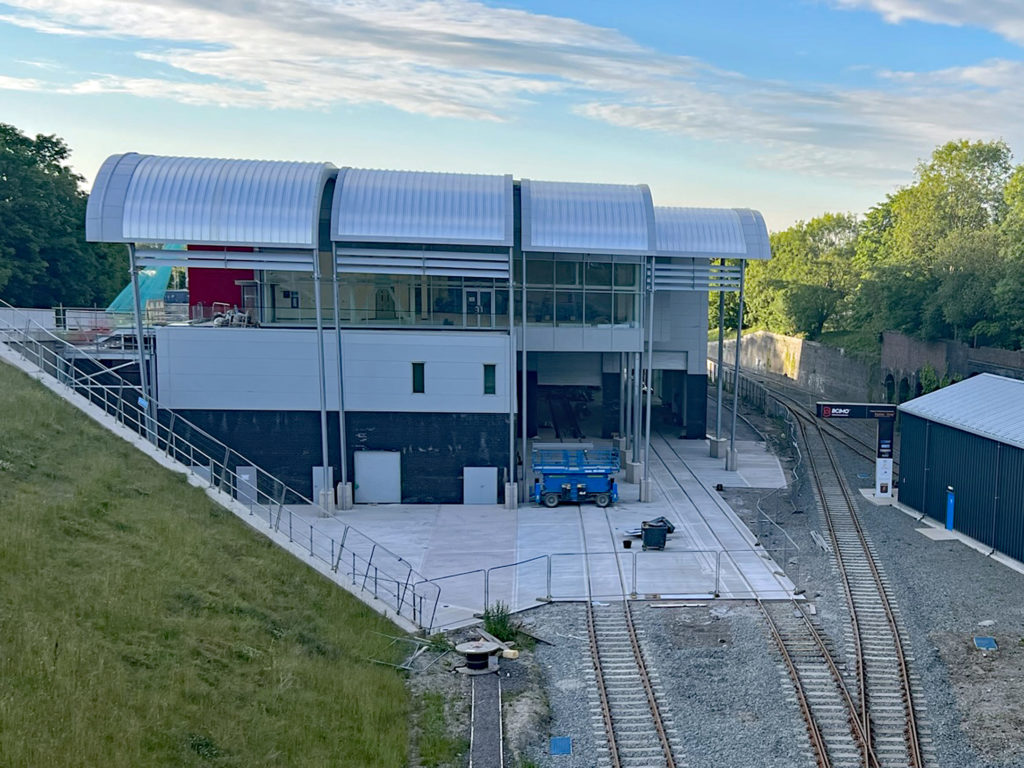
Hence in 2016, the Council asked the Coventry-based WMG at the University of Warwick if they could apply their lightweighting technology to create a lightweight tram car and, if so, whether it would be possible to develop a lightweight track that would not require utility diversions. The answer to both these questions was yes.
As elsewhere, Coventry faces the challenges of decarbonising transport, improving air quality, and providing connectivity for its expanding developments. With very light rail offering the solution to these issues, and, with lots of great innovators in the West Midlands, this proposal attracted the support of local politicians. Thus, the Coventry VLR project was born.
Nicola was asked what advantages Coventry VLR offers over electric buses. She advised that electric buses are very much part of the solution with Coventry set to become the UK’s first all- electric bus city by 2025. Yet the aim is for an integrated transport network of which VLR would provide the backbone. She also advised that the permanency of rail infrastructure attracts more development as it gives developers greater confidence. A rail solution, with only longitudinal movement, is also easier to adapt to autonomous working.
She advised that there was a “phenomenal interest” in the project from other local authorities including West Yorkshire Combined Authority, Cambridgeshire and Peterborough Combined Authority, West of England Combined Authority, Oxfordshire, Derby, and Stoke which is progressing an urban Coventry VLR feasibility study. She felt “it was really exciting to work with other Councils on something that is innovative and game changing in the way we encourage people to use public transport.”
Colin advises that the aim is to have a 1.6km demonstration VLR line between the railway and bus stations operational in 2024. Coventry’s eventual VLR network is planned to have four loops, the first is planned to open in 2026/27 to connect Walsgrave Hospital to the city centre.
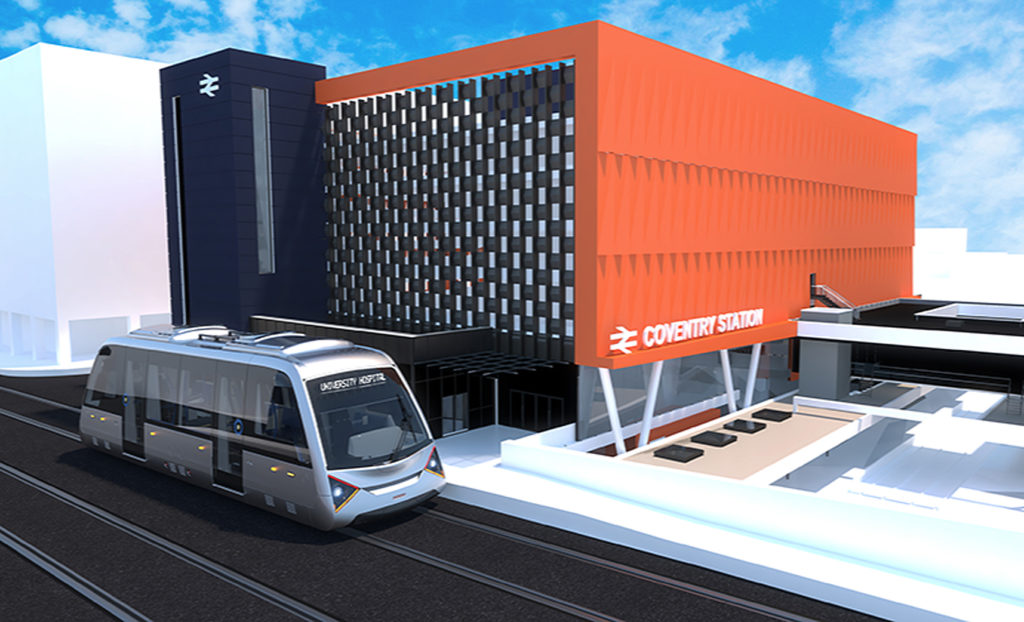
A developer’s perspective
Master developers Urban&Civic buy large areas of land to establish high-quality settlements. They then obtain planning permission, provide the required roads, services, schools and community facilities, and market parcels of land to housebuilders. Its managing director, Robin Butler, provided the VLR conference with an insight into his business and the issues associated with rail connectivity.
The company currently has six large developments. In total these will have 35,500 homes, 53km of roads, 10 million square feet of employment space, 2,000 acres of open space and 19 primary and 5 secondary schools. Financing such developments is a risky business. They typically require £350 million spent over a 25-year period. This generally includes £85 million on schools, £170 million on roads, utilities, parks etc., and £5 million on bus improvements. Typically, about £50 million is spent in the first seven years before any income is received. Developers have gone bust when this period without income was longer than expected.
None of these developments are rail connected. Robin emphasised that this was not for the want of trying. Indeed, he has 40 years’ experience of trying to provide developments with rail provision with little success and much frustration.
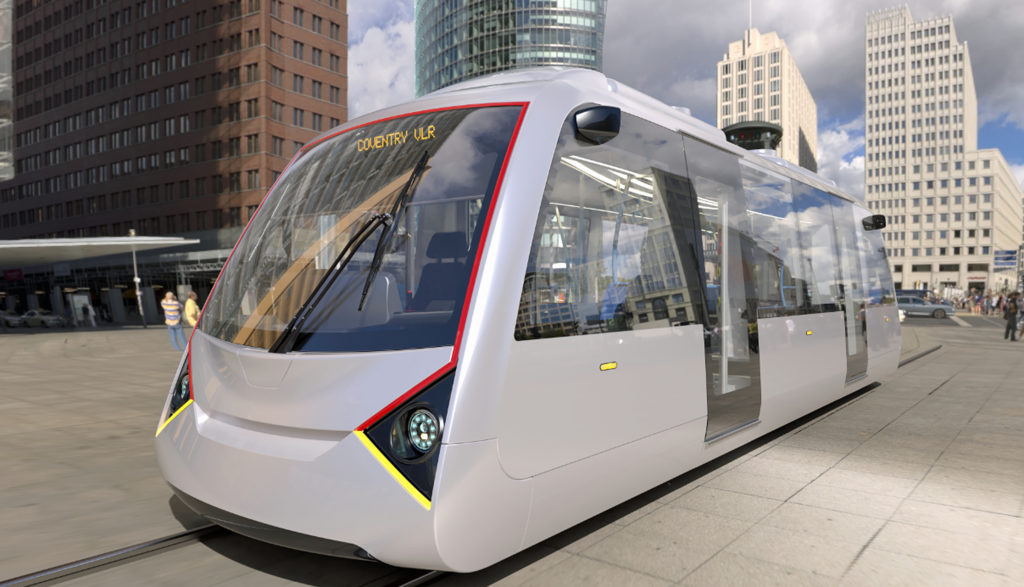
As an example, a station on the East Coast Main Line for the Alconbury Weald development is in Cambridgeshire County Council’s long term transport strategy and had planning permission following initial discussions in 2009. However, railway enhancements to make this viable were cancelled by the Department for Transport (DfT) in 2017.
Robin advised that developers much prefer developments with rail connections as they make houses sell better. Over the past five years, house prices within 2km of a railway station in Southeast England have typically grown between 40% and 50%, compared with an average 20% increase in the region. There is also less financial risk from rail-connected developments which are less likely to have an extended period without income. Robin was also convinced that house building would be massively accelerated if government accelerated rail delivery.
He advised that his company’s developments are all bus connected for which the required facilities are less than 2% of the total development’s cost. As developers would gladly pay more for affordable rail provision, he considered that there is a strong financial case for VLR in new developments.
Three types of VLR
BCIMO’s Chief Executive, Dr Nick Mallinson, reflected how Britain’s railways went through their biggest period of innovation and growth between the 1840s and 1890s. Yet by the 1960s they had fallen into significant decline due to mass motorisation. In recent years it has been recognised that due to climate change, air quality, and congestion, there needs to be a shift from cars to public transport.
The permanency of rail tracks also encourages clustering of housing, businesses, and leisure facilities along urban routes, whilst improved transport links in rural areas help boost productivity and level up disparities. However, such situations do not necessarily generate high passenger numbers so the challenge is for such rail routes to be financially sustainable.
Nick pointed out that recent developments in technology such as lightweighting, batteries, fast charging, 5G, digital manufacturing, and autonomous operation have made a new mode of affordable rail-based transport possible in the form of VLR which “does what it says on the tin.”
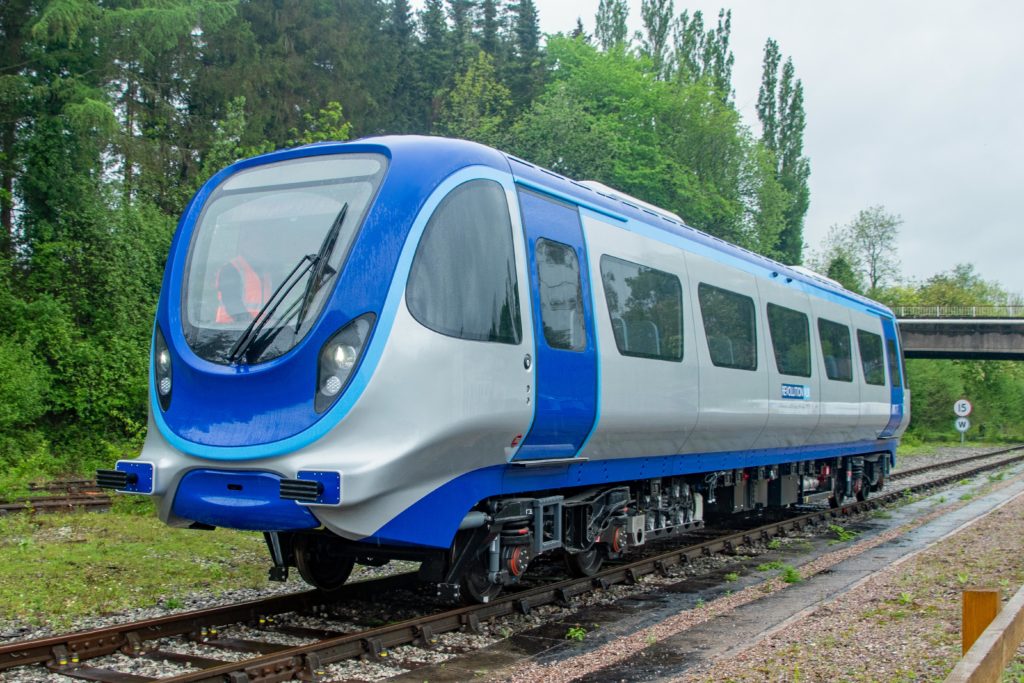
As a result, VLR vehicles weigh no more than a tonne per linear metre. Hence, whilst a heavy rail vehicle typically weighs 44 tonnes and can carry 100 passengers, a similarly loaded 11-tonne Coventry VLR vehicle carries 50 passengers. This lower weight reduces infrastructure costs which is a key area for driving down railway costs.
There are three potential opportunities for VLR operation:
Revolution VLR (RVLR) has been developed to reduce the cost of re-opening closed lines or take advantage of little used freight lines as reported in issue 193 (Nov-Dec 2021).
Large towns and small cities, such as Coventry, for which there is no business case for a conventional tram system.
Autonomous personal rapid transit (PRT) pods offering last-mile on-demand non-stop travel on a segregated track such as those operating from Heathrow’s terminal 5.
VLR’s evolution
Martin Pemberton founded Transport Design International (TDI) in 1987 to support international rail projects. He explained to the conference how the VLR vehicle concept had evolved. This started in 1995 when Brighton Council engaged TDI to consider how the Volk’s electric railway could be linked to the town centre. This led to the realisation that there was a massive gap in the market between conventional light rail systems and buses. Hence, Martin felt that a lighter vehicle was required, guided either by rails or electronically for rubber tyred vehicles.
To demonstrate this concept, TDI produced a prototype 1.75-metre-wide rubber-tyred minitram which could carry 30 passengers. This was demonstrated at various locations including a six-week trial between Bradford’s two stations in 2005.
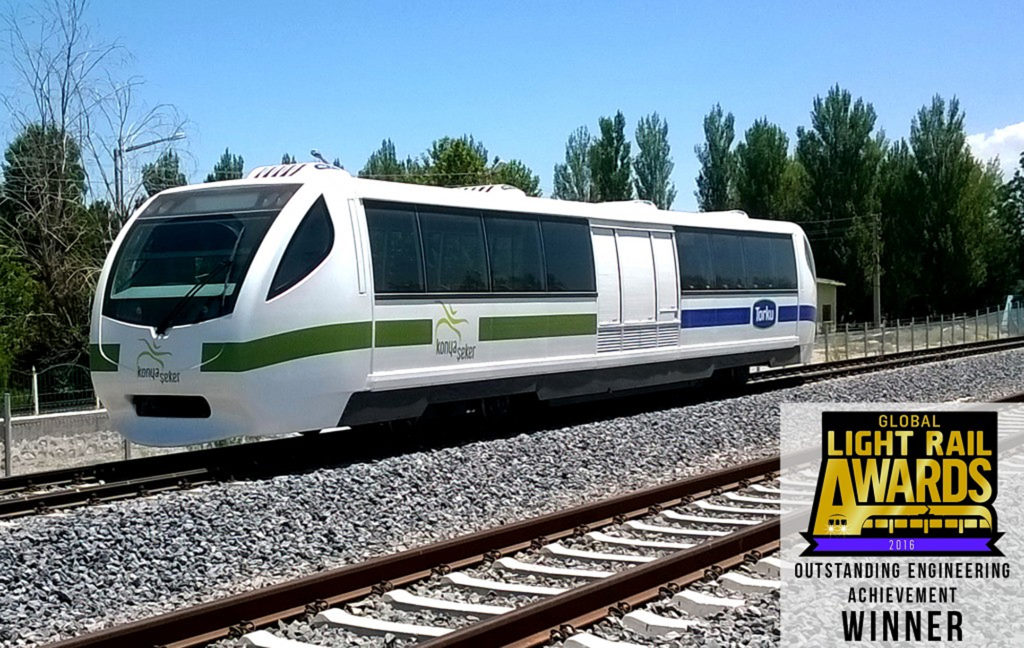
In 2008, TDI designed and built its first train for a 30-inch railway in Oman that takes visitors to the Al Hoota cave. This scaled up the structure of the mini tram and had a maximum speed of 16 km/hr. It was TDI’s first VLR train.
An enquiry from Turkey in 2012 resulted in what TDI believe to be the first time a UK design consultancy has produced a passenger train. This was an 18-metre-long standard gauge diesel hybrid vehicle which, including standees, carried 120 passenger and had a maximum speed of 65 km/hr. It ferried workers from Konya city to a factory on a branch line seven miles away. Using the experience of the Al Hoota train, this vehicle was designed, built, and brought into service within 18 months. It was built by specialist vehicle manufacturers Severn Lamb and tested at Long Marston.
This Konya vehicle was the forerunner of the Revolution VLR vehicle. In 2016, it won TDI and Severn Lamb the 2016 Global Light Rail Award for ‘Outstanding Engineering Achievement’ as it is 40% lighter and 50% cheaper than a comparable conventional vehicle. This accolade was helpful in persuading RSSB and others that TDI should be awarded £3 million funding in 2016 to lead the development of RVLR for rural rail services.
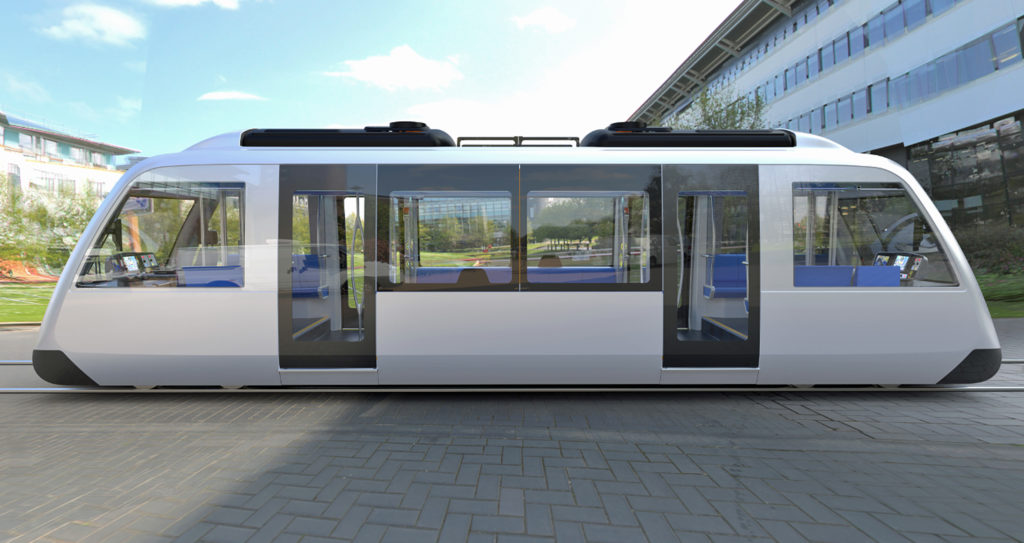
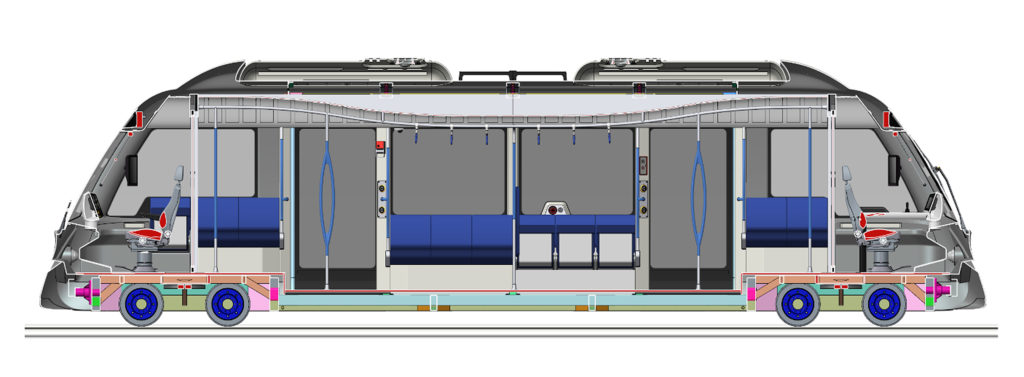
Key to the further evolution of VLR is autonomy. Martin advised that TDI gained experience of this when, in 2015, they became a delivery partner for the family-sized Vectus vehicles being produced for Korean SkyCube PRT project and for which TDI developed special miniature bogies to drive the vehicles around sharp curves.
The lightweight carbon fibre Vectus vehicles operated on interconnecting guideways to short headways of as little as two seconds. They take passengers directly to their destinations without stopping at intermediate stations and are controlled to Safety Integrity Level 3 by purpose built electronic control units. The 5km SkyCube network opened in 2014 and has 40 vehicles which gives it a capacity of 1,300 passengers an hour. It is currently the world’s largest PRT system.
Martin advised that TDI was glad to receive enquiries from WMG and Coventry about adapting RVLR for use in the city. However, he felt that the Vectus PRT vehicle provided a better platform for urban use, especially as its small bogie could be developed to go round 15-metre radius curves without wheel squeal. However, the Vectus vehicle is powered by third rail, so it needed to be adapted to accommodate the lithium titanate battery used on the RVLR vehicle. Hence, the Coventry VLR is a hybrid of Revolution and Vectus technology.
Following these discussions, in June 2018 WMG awarded TDI the contract to design and build Coventry’s VLR vehicle.
Local manufacturing centres
Having designed the Coventry VLR vehicle, and with the benefit of its previous experience in light weighting, in Autumn 2020 TDI started phase one of its build to assemble the VLR outer body panels. For this initial build phase, the Coventry-based NP Aerospace, which normally specialises in building military vehicles, was appointed as assembly contractor under TDI’s management.
Phase two of the build was carried out at TDI’s facility in the Long Marston Rail Innovation Centre. This started in March 2021 and took 10 months. It involved completion of the mechanical elements, installation of electrical and electronic systems, and software integration.
After completion of the build, TDI undertook four months of mechanical, electrical, electronic, and systems testing at Long Marston. In May 2022, the vehicle was moved to the VLRNIC for further site tests prior to being handed over to Coventry City Council this summer.
The suppliers involved included:
- Tikab & Arogus which supplied the bogies
- Transcal for metal fabrication works, seating, and interior fittings.
- AP Racing, manufacturers of clutch and braking systems
- Cable manufacturer Phoenix Dynamics
- Quantum seating
- Venture Engineering
- Datum composite products
- Echandia, who generally supply batteries for marine applications
After trialling the Local Manufacturing Centre (LMC) concept for the initial build phase of the CVLR programme in Coventry, TDI’s intent is that future VLR vehicles will be built in a similar way at local pop-up facilities. Its aim is that 70% of suppliers will be sourced within 50km of the LMC, helping to upskill the local workforce and promoting economic sustainability in the region. In this way, manufacturing VLR vehicles will support local businesses close to their point of use.
This method of production can also be relatively easily scaled up should there be a large take-up of VLR systems after the first scheme in Coventry. This would suit regional requirements in the UK and can be used for the international market too.
A tonne per metre
Unladen, Coventry’s 11-metre VLR vehicle weighs 11,000 kilogrammes and so meets the aspiration of a lightweight vehicle weighing a tonne per metre. The vehicle is 3.17 metres high, 2.65 metres wide and can carry 70 passengers with 20 seated. When fully loaded its weight is 16 tonnes, resulting in a maximum four-tonne axle weight.
The prototype vehicle has a maximum speed of 70 km/h and can tackle a 5% gradient. All axles are driven and it can run on 15-metre radius curves. It has a 750V 54kWh Lithium Titanate battery which has a particularly safe battery chemistry and is packaged underfloor with the control electronics. Its range between charges is of the order of 20km, though this varies considerably according to temperature, load, and other factors. The battery can be charged overnight from a 20kW supply and, during the day, receive 3.5-minute rapid charges from a 200kW supply, as well as being charged from the regenerative braking.
It is made from steel, aluminium, and composites, with a carbon/polyethylene bumper and carbon/Kevlar cab ends. The exterior bodywork is lightweight carbon composite panels. Poly-carbonate windows meet the requirements of the post-Croydon accident recommendations and are 44% lighter than glass. Its design allows for future autonomous driving.
With a typical four-minute headway between vehicles carrying 50 passengers, the Coventry VLR system has a capacity of 750 people per hour. It should, however, be noted that, although VLR is a much more affordable system, it offers less capacity that a conventional tram. Edinburgh trams, for example, carry 250 people and have a capacity of 2,142 people per hour at seven-minute headways.
Looking to the future
Heavy rail has taken many decades to evolve into an efficient transport system. In contrast, the whole system approach used to develop the Coventry VLR vehicle and track has produced a new transportation system in less than 10 years.
The interest generated by this new system was evident by the large number present at the VLR conference, where many saw VLR as an affordable way of attracting people from their cars onto public transport. But if there is to be serious investment in VLR, it needs to be clear beyond doubt that VLR offers an affordable workable solution. In this respect, Dudley’s VLRNIC has an important role in helping demonstrate both the viability of the VLR vehicle and its trackform, and that it can be provided at the anticipated cost.
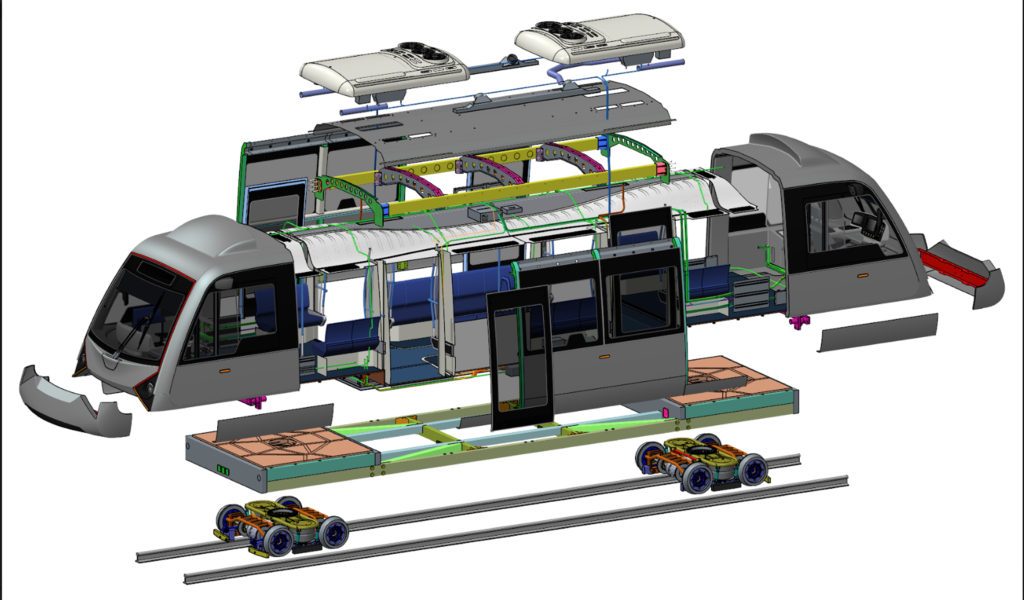
If VLR is to significantly increase the number of UK light rail systems, its capital and operating costs must be low enough to give it a strong business case. However, with a driver needed for each 60-person vehicle, compared with one for each 250-person conventional tram, autonomous operation is likely to be required if VLR systems are to become widely affordable. Driverless vehicles also offer a greater load factor by enabling a more cost-effective deployment of additional vehicles at peak times.
With advances in autonomous systems, the idea of a remote operator controlling multiple vehicles and intervening when alerted to problem situations seems feasible. No doubt the VLRNIC will be actively involved in the development of this concept.
After Manchester reintroduced its trams in 1992, six other large conurbations followed suit. As a result, UK light rail now carries 300 million passenger journeys per year with proven economic benefits. Yet those outside large cities are denied these benefits as, for them, conventional light rail is simply unaffordable. Coventry’s VLR changes this dynamic as it offers an affordable solution that gives towns and small cities the chance to benefit from urban light rail. It could also result in a new industry with significant export prospects. With such huge opportunities Rail Engineer looks forward to reporting further VLR developments.

